Introduction to Tipper Truck Safety
In the dynamic world of heavy transportation, tipper trucks play a pivotal role in hauling materials across various industries. Ensuring the safety of these robust vehicles is paramount not only for the well-being of operators but also for the longevity of the equipment and the efficiency of operations. At CarMax Vehicle, we understand the critical importance of tipper truck safety and are committed to providing comprehensive solutions that uphold the highest safety standards.
Understanding Tipper Trucks
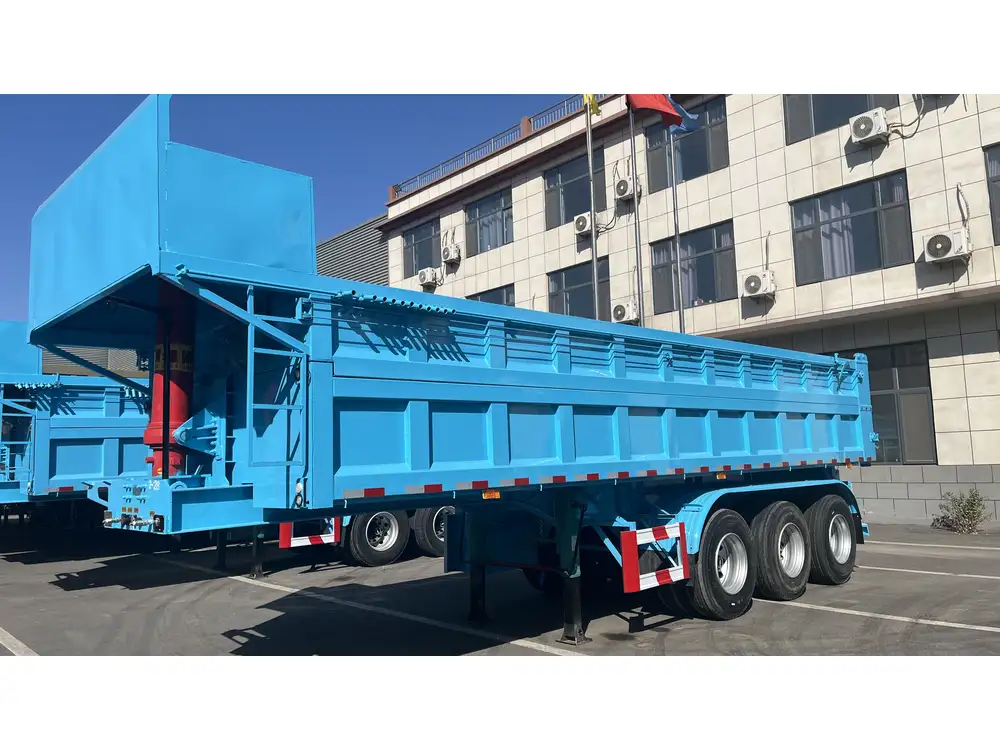
What is a Tipper Truck?
A tipper truck, also known as a dump truck, is specifically designed to transport loose materials such as sand, gravel, and demolition waste. Its key feature is the hydraulic tilting mechanism that allows the truck bed to tilt, enabling easy unloading of the payload.
Key Components of a Tipper Truck
- Chassis: The frame of the truck that supports all components.
- Hydraulic System: Powers the tipping mechanism.
- Cab: Where the driver operates the vehicle.
- Dump Body: The container that holds the materials.
- Braking System: Ensures safe stopping and operational control.
Importance of Tipper Truck Safety
Operating a tipper truck involves inherent risks due to the vehicle’s size, weight, and the nature of materials transported. Prioritizing safety helps in:
- Preventing Accidents: Reducing the likelihood of collisions and tipping incidents.
- Protecting Lives: Ensuring the safety of operators and bystanders.
- Maintaining Equipment Integrity: Avoiding damage to the truck through proper handling and maintenance.
- Compliance: Meeting regulatory standards to avoid legal repercussions.
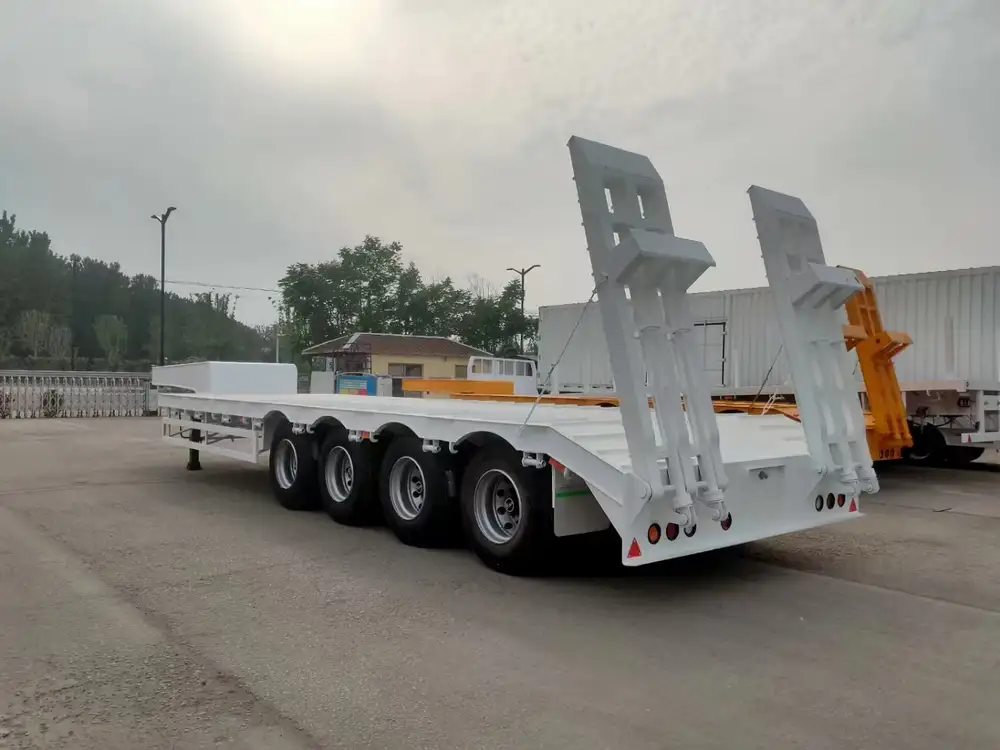
Essential Safety Guidelines for Operating Tipper Trucks
Pre-Operational Checks
Before embarking on any journey, conducting thorough pre-operational checks is crucial.
- Inspect Tires: Check for wear and proper inflation.
- Examine Brakes: Ensure they are functioning correctly.
- Test Hydraulic Systems: Verify there are no leaks and the tipping mechanism operates smoothly.
- Check Lights and Signals: Ensure all are operational for visibility and communication.
Safe Driving Practices
Adhering to safe driving practices minimizes risks significantly.
- Maintain Safe Speed: Adjust speed according to road conditions and load.
- Avoid Sudden Maneuvers: Reduce the risk of tipping or losing control.
- Use Proper Signaling: Communicate intentions to other road users.
- Stay Alert: Be aware of surroundings to anticipate and react to potential hazards.
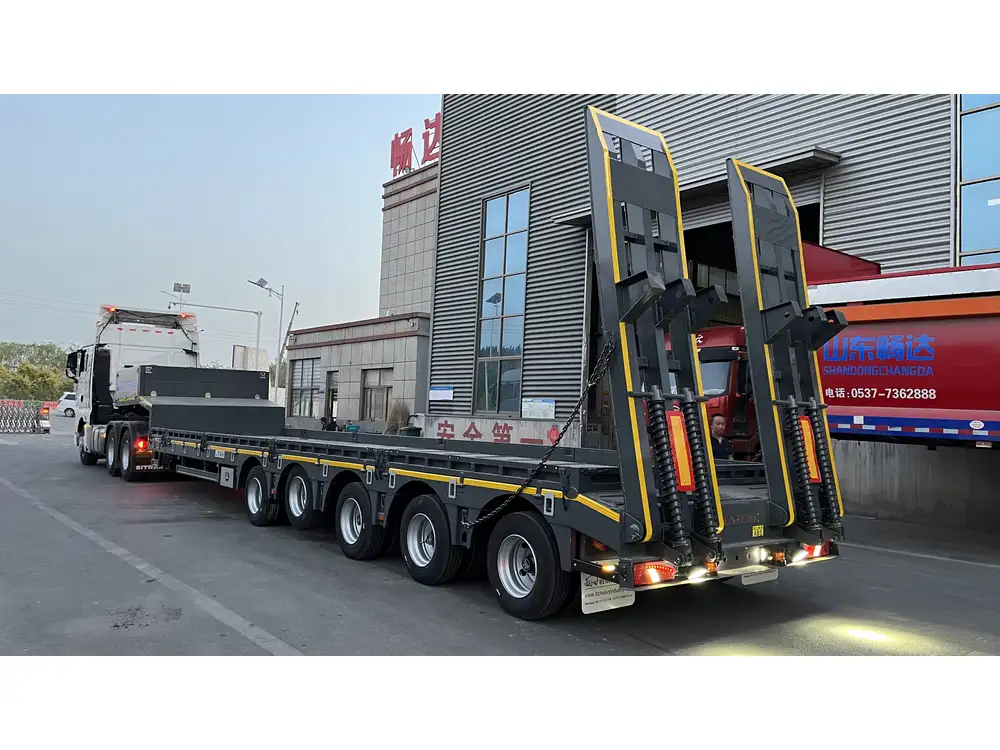
Loading and Unloading Procedures
Proper handling of materials during loading and unloading is essential for stability and safety.
- Even Distribution: Ensure the load is evenly distributed to maintain balance.
- Respect Weight Limits: Avoid overloading to prevent strain on the vehicle and increased risk of accidents.
- Secure Load: Use appropriate restraints to prevent shifting during transit.
Common Hazards and Mitigation Strategies
Overloading
Risk: Exceeding the truck’s weight capacity can lead to brake failure, tire blowouts, and loss of control.
Mitigation:
- Adhere to manufacturer-specified weight limits.
- Utilize load indicators and scales to monitor weight.

Poor Visibility
Risk: Limited visibility increases the chances of accidents, especially in adverse weather conditions.
Mitigation:
- Equip trucks with high-quality mirrors and backup cameras.
- Ensure all lights are functional and used appropriately.
Mechanical Failures
Risk: Unexpected breakdowns can create hazardous situations on the road.
Mitigation:
- Implement regular maintenance schedules.
- Conduct comprehensive inspections before each trip.
Improper Tipping
Risk: Incorrect tipping can cause the truck to tip backward or forward, leading to accidents.
Mitigation:
- Train operators on proper tipping procedures.
- Use leveling systems and anti-rollback mechanisms.

Maintenance Best Practices for Tipper Trucks
Routine Inspections
Regular inspections help identify and address potential issues before they escalate.
- Daily Checks: Tires, brakes, lights, and hydraulic systems.
- Weekly Inspections: Engine performance, fluid levels, and structural integrity.
- Monthly Maintenance: Comprehensive evaluation of all components, including the braking system and suspension.
Preventive Maintenance
Proactive measures can prevent unexpected failures and extend the truck’s lifespan.
- Scheduled Servicing: Follow manufacturer-recommended service intervals.
- Component Replacement: Replace worn-out parts promptly to maintain optimal performance.
- Lubrication: Regularly lubricate moving parts to reduce friction and wear.

Record Keeping
Maintaining detailed records of maintenance activities ensures accountability and aids in tracking the vehicle’s history.
- Logbooks: Document all inspections, repairs, and replacements.
- Digital Tracking: Utilize maintenance management software for efficient record-keeping.
Training and Certification for Operators
Equipping operators with the right skills and knowledge is fundamental to tipper truck safety.
Comprehensive Training Programs
Effective training programs should cover:
- Vehicle Operation: Understanding the mechanics and controls of the tipper truck.
- Safety Protocols: Adhering to safety guidelines and best practices.
- Emergency Procedures: Responding effectively to accidents and mechanical failures.

Certification Requirements
Ensuring operators are certified enhances their competency and reliability.
- Licensing: Obtain the necessary licenses as per regional regulations.
- Continuous Education: Encourage ongoing training to stay updated with the latest safety standards and technologies.
Regulatory Compliance and Standards
Compliance with industry regulations is non-negotiable for maintaining safety and avoiding legal issues.
Key Regulations
- Occupational Safety and Health Administration (OSHA): Provides guidelines on workplace safety, including vehicle operation.
- Department of Transportation (DOT): Sets standards for vehicle specifications, driver qualifications, and road safety.
- Local Regulations: Adhere to specific state or regional laws governing tipper truck operations.
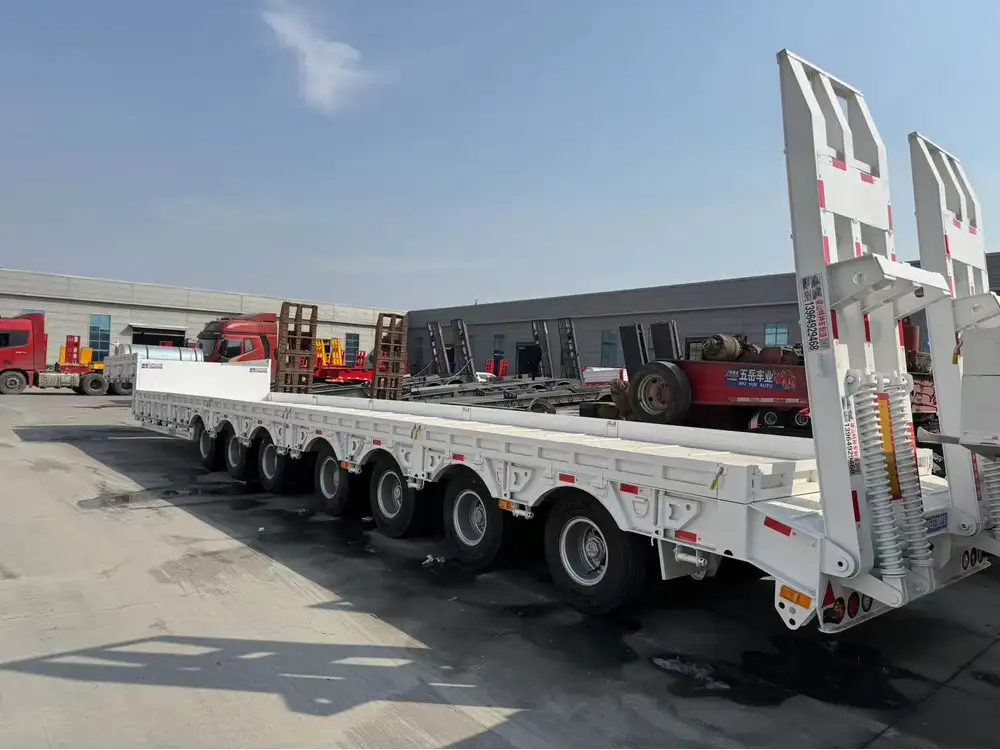
Implementing Compliance Measures
- Regular Audits: Conduct internal audits to ensure adherence to regulations.
- Documentation: Maintain accurate records to demonstrate compliance during inspections.
- Employee Training: Educate staff about relevant laws and regulations to foster a culture of compliance.
Advanced Safety Features in Modern Tipper Trucks
Technological advancements have significantly enhanced the safety of tipper trucks.
Anti-Slip Systems
Prevent the truck bed from moving during transport, reducing the risk of load shifting.

Stability Control Systems
Automatically adjust braking and engine power to maintain balance and prevent tipping.
Rearview Cameras and Sensors
Improve visibility, especially when maneuvering in tight spaces or reversing.
Automated Load Indicators
Monitor the distribution and weight of the load in real-time, ensuring optimal balance.

Emergency Brake Assist
Provides additional braking force during sudden stops to prevent accidents.
CarMax Vehicle: Pioneering Tipper Truck Safety
At CarMax Vehicle, we prioritize safety in every aspect of our tipper truck designs and manufacturing processes.
Innovative Design Features
Our tipper trucks are engineered with cutting-edge safety features, including:
- Robust Chassis Construction: Ensures durability and stability under heavy loads.
- Advanced Hydraulic Systems: Provide precise control over the tipping mechanism, reducing the risk of accidental tipping.
- Ergonomic Cab Designs: Enhance operator comfort and reduce fatigue, contributing to safer driving.

Comprehensive Safety Testing
Each CarMax Trailer undergoes rigorous testing to meet and exceed safety standards.
- Dynamic Stability Testing: Simulates real-world conditions to ensure vehicle stability.
- Brake Performance Evaluation: Guarantees reliable braking performance under various load conditions.
- Hydraulic System Reliability: Tests the efficiency and safety of the tipping mechanisms.
Commitment to Continuous Improvement
We continuously invest in research and development to integrate the latest safety technologies into our tipper trucks.
- Feedback Integration: Incorporate user feedback to enhance safety features.
- Technological Upgrades: Stay abreast of emerging technologies to maintain industry-leading safety standards.
Benefits of Choosing CarMax Trailer for Safety
Opting for a CarMax Trailer offers numerous advantages that prioritize safety and operational efficiency.

Superior Build Quality
Our trailers are constructed using high-grade materials, ensuring resilience and longevity.
Customizable Safety Features
We offer tailored safety solutions to meet specific operational needs and regulatory requirements.
Enhanced Operational Efficiency
Safety-focused designs contribute to smoother operations, reducing downtime and maintenance costs.
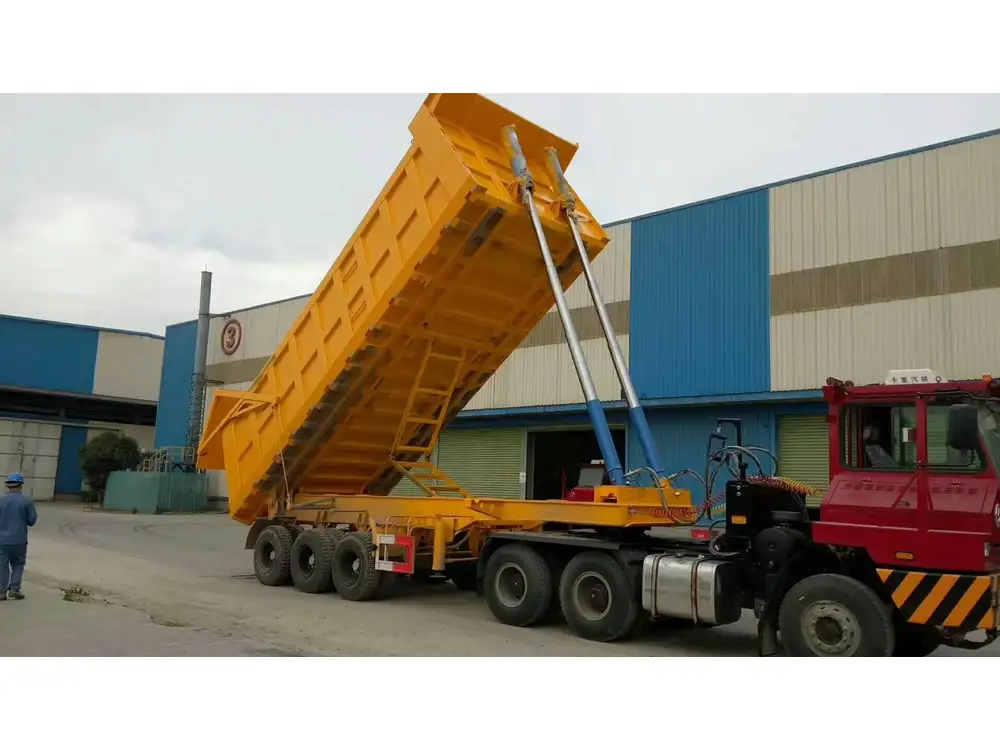
Exceptional After-Sales Support
Our dedicated support team assists with maintenance, troubleshooting, and safety training, ensuring your fleet remains safe and operational.
Best Practices for Enhancing Tipper Truck Safety
Implementing a Safety Management System
A robust safety management system encompasses policies, procedures, and practices that promote a safe working environment.
- Safety Policies: Define clear safety guidelines and expectations.
- Risk Assessments: Identify and mitigate potential hazards.
- Incident Reporting: Establish protocols for reporting and investigating accidents.

Promoting a Safety Culture
Fostering a culture that prioritizes safety involves:
- Leadership Commitment: Leaders must demonstrate a commitment to safety.
- Employee Involvement: Encourage employees to participate in safety initiatives.
- Continuous Improvement: Regularly review and enhance safety practices based on feedback and incident analysis.
Leveraging Technology for Safety
Incorporate technology to monitor and enhance safety continuously.
- Telematics Systems: Track vehicle performance and driver behavior in real-time.
- Predictive Maintenance Tools: Anticipate and address maintenance needs before they become safety issues.
- Safety Analytics: Analyze data to identify trends and areas for improvement.
Table: Key Safety Features Comparison
| Safety Feature | CarMax Vehicle | Standard Tipper Truck |
|---|---|---|
| Anti-Slip Systems | ✓ | ✓ |
| Stability Control | ✓ | ✗ |
| Rearview Cameras | ✓ | ✗ |
| Automated Load Indicators | ✓ | ✗ |
| Emergency Brake Assist | ✓ | ✗ |
| Ergonomic Cab Design | ✓ | ✓ |
| Advanced Hydraulic Systems | ✓ | ✓ |
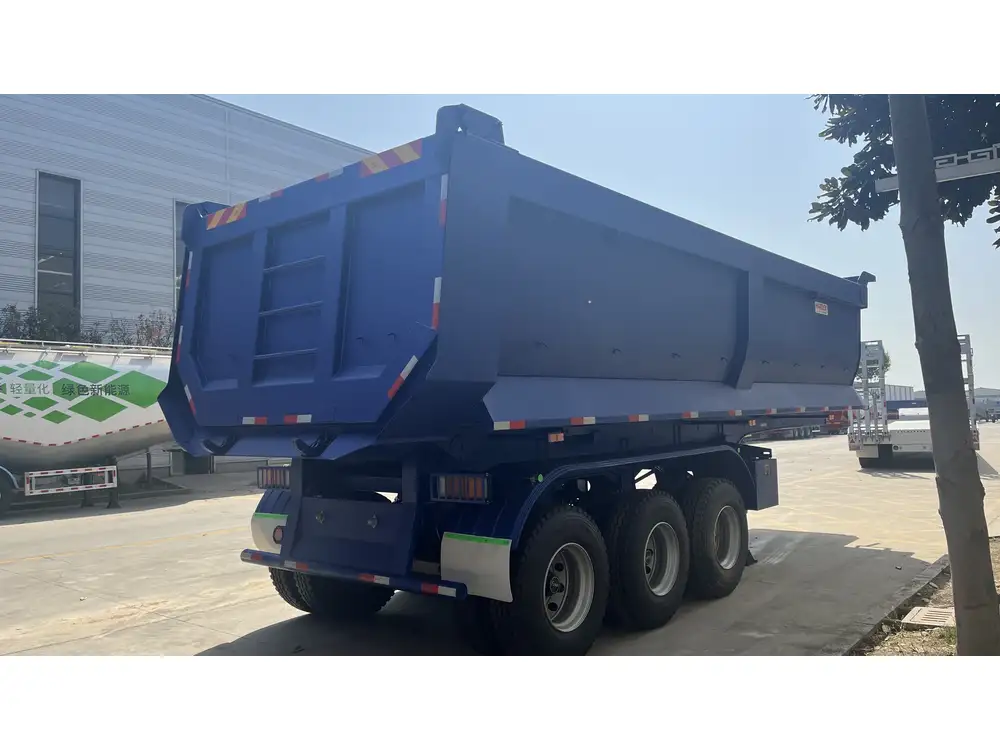
Conclusion
Safety in tipper truck operations is a multifaceted challenge that requires diligent attention to guidelines, proactive maintenance, comprehensive training, and adherence to regulatory standards. At CarMax Vehicle, we are dedicated to advancing tipper truck safety through innovative designs, rigorous testing, and a steadfast commitment to excellence. By choosing a CarMax Trailer, you are investing in a reliable partner that prioritizes your safety and operational success.
Frequently Asked Questions (FAQs)
1. What are the most critical safety features to look for in a tipper truck?
When selecting a tipper truck, prioritize features such as stability control systems, anti-slip mechanisms, robust braking systems, rearview cameras, and automated load indicators. These features significantly enhance operational safety and prevent common accidents.

2. How often should tipper trucks undergo maintenance for optimal safety?
Tipper trucks should undergo daily inspections before each trip, weekly detailed checks, and comprehensive maintenance monthly. Adhering to a regular maintenance schedule ensures the vehicle remains in top condition, minimizing safety risks.
3. What training is required for operators of tipper trucks?
Operators should receive comprehensive training covering vehicle operation, safety protocols, loading and unloading procedures, emergency response, and regulatory compliance. Certification programs are also recommended to validate their competency and readiness.
4. How does CarMax Vehicle ensure the safety of its tipper trucks?
CarMax Vehicle ensures safety through innovative design features, rigorous testing processes, the integration of advanced safety technologies, and a commitment to continuous improvement. Our focus on quality and safety guarantees reliable and secure tipper truck operations.
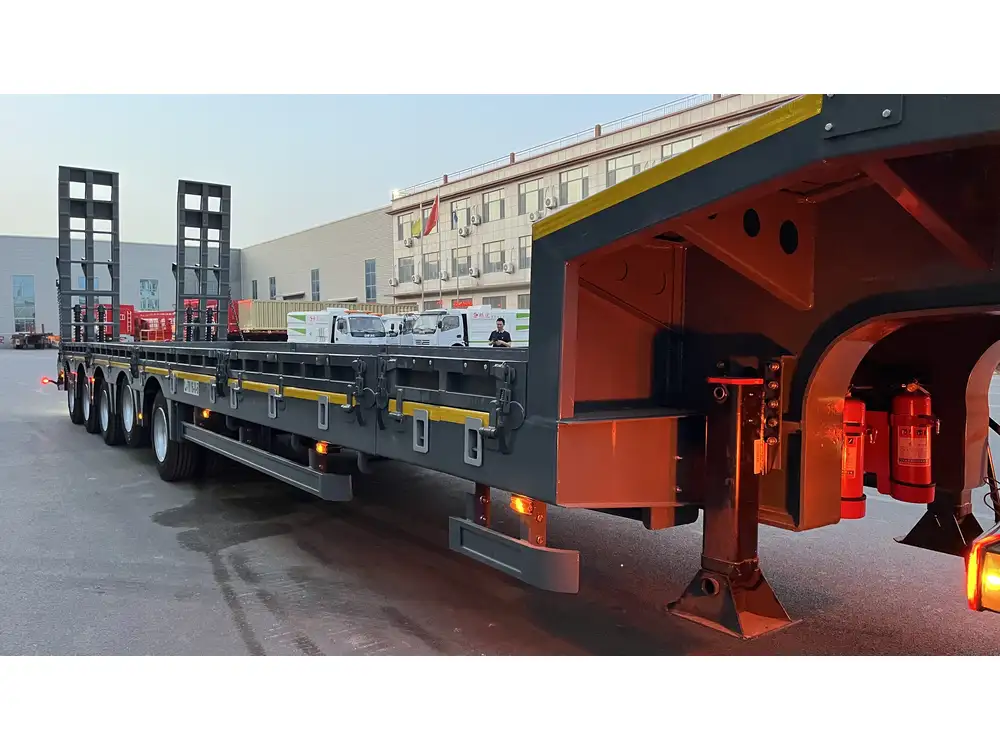
5. What steps can companies take to foster a safety-oriented culture among tipper truck operators?
Companies can foster a safety-oriented culture by implementing clear safety policies, providing regular training, encouraging employee involvement in safety initiatives, conducting routine safety audits, and promoting open communication regarding safety concerns and improvements.



